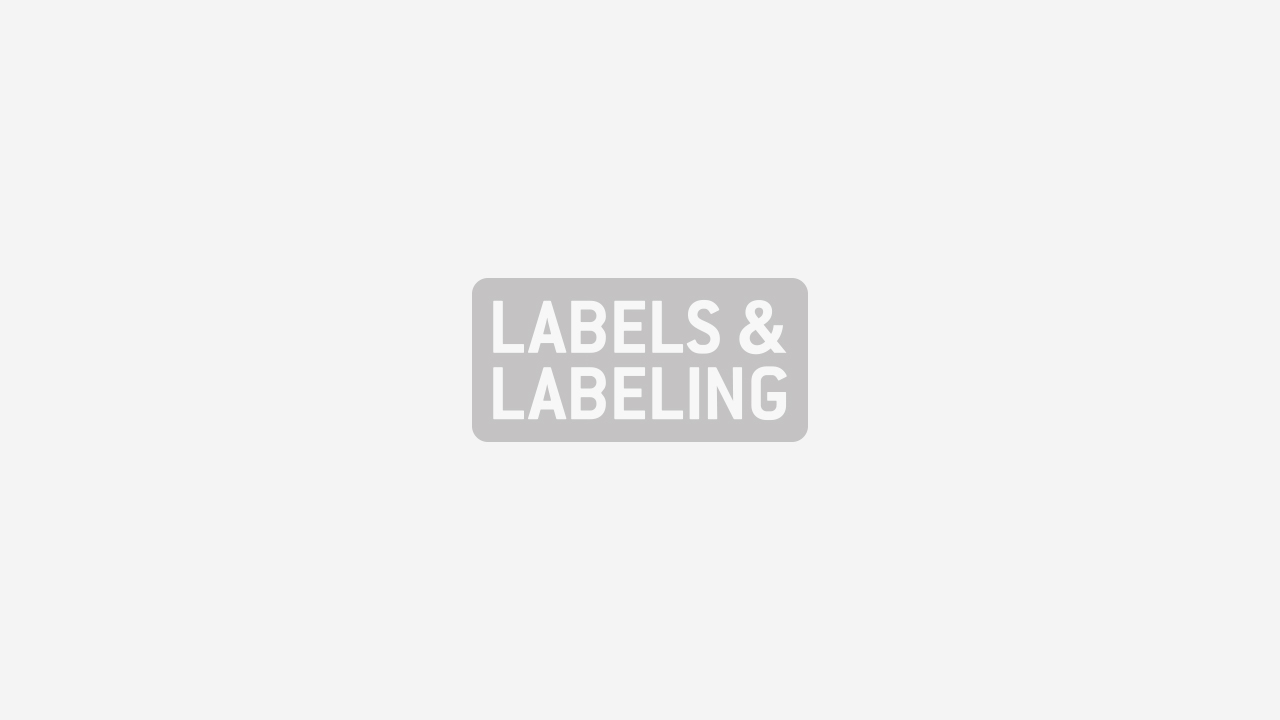Private label revenue at record levels, says PLMA

Private label scored strong gains across all major US retail channels in 2009 as consumers increasingly switched from national brands and drove store brands to all-time highs in both volume and total revenue, as well as market share, according to latest industry statistics published in the Private Label Manufacturers Association’s 2010 Private Label Yearbook.
On the heels of a powerful growth surge for store brands in 2008, sales of the products increased again last year by +1.8 billion units while national brand units were down -2.1 billion. Along with the conversion of a full percentage point in unit share from national brands to the private label column, store brands added USD $2.7 billion in value to reach $86.4 billion in total sales. National brand sales increased by $1.6 billion, but those gains were largely, if not entirely, the result of higher prices.
While overall sales for the nation’s retail chains reflected the sluggishness of the economy in general – dollar growth in all three mainstream channels, supermarkets, drug chains and mass merchandisers was a lackluster +0.8 and unit sales declined -0.2 percent – store brands were far and away the industry’s star performers.
In supermarkets, store brands reached an historic high of 23.7 percent in unit share. Private label units were up +6.4 percent for the year compared to a decline of -1.7 percent for national brands. The growth in store brand units (+1.7 billion) more than offset the erosion of national brands (-1.5 billion), resulting in a net gain for the channel as a whole and stemming a multi-year trend of overall unit losses in US supermarkets.
On the revenue side, store brands accounted for 90 percent of all gains in supermarkets, adding $1.5 billion in new sales (+2.9 percent), while national brands were virtually flat (+0.1 percent). Moreover, the decline in national brand units suggests that even their modest sales gain of $200 million was a result of price inflation. Overall, store brands sales in supermarkets reached $55.5 billion and dollar market share climbed to 18.7 percent; both figures were new all-time highs.
In drug chains, market share in units reached 16.3 percent as volume grew by +4.0 percent. National brands recorded a loss of -3.9 percent in units. As in supermarkets, the absolute growth of 461 million store brand units across all departments more than made up for the channel’s loss of national brand volume (-378 million).
Store brands were responsible for 52 percent of the total sales growth in drug chains, adding close to a half billion dollars in new sales. Store brand revenue grew at a vigorous +8.8 percent, while national brands tacked on only +1.2 percent in sales. The total value of store brands sales in drug chains was $6.1 billion, and dollar market share was 14.1 percent; both figures were also records.
First published in 1992, the PLMA’s annual Yearbook’s coverage has grown from fewer than 200 product categories to more than 700, reflecting the expansion and penetration of private label products in the marketplace.
Brian Sharoff, PLMA president, said: ‘The past year has even greater significance since it is the first full year of the impact of the recession. Not surprisingly, the statistics document the amazing increases in store brand popularity. But as most market researchers know, the growth of store brands is by no means a recessionary phenomenon. Its success began years before the current downturn and is rooted in increasing assortment, quality ingredients, innovative product concepts, and retailer commitment.’
Data for the Yearbook was compiled by The Nielsen Company for the 52 weeks ending December 26, 2009. The 2010 Private Label Yearbook is distributed to at no charge to PLMA members as well as to retailers and wholesalers. All others may purchase the publication for $1,500 by contacting PLMA at 001 212 972 3131.
Stay up to date
Subscribe to the free Label News newsletter and receive the latest content every week. We'll never share your email address.

